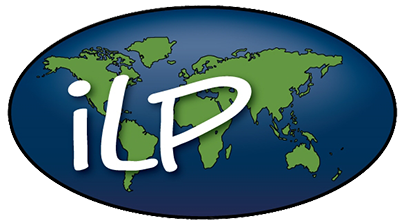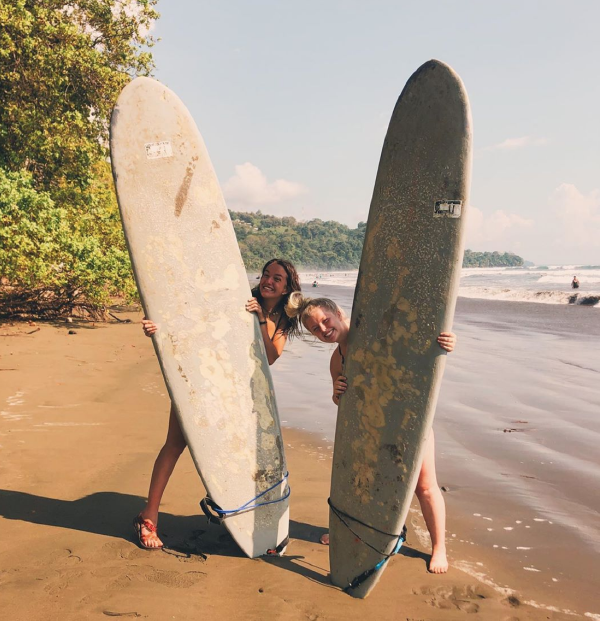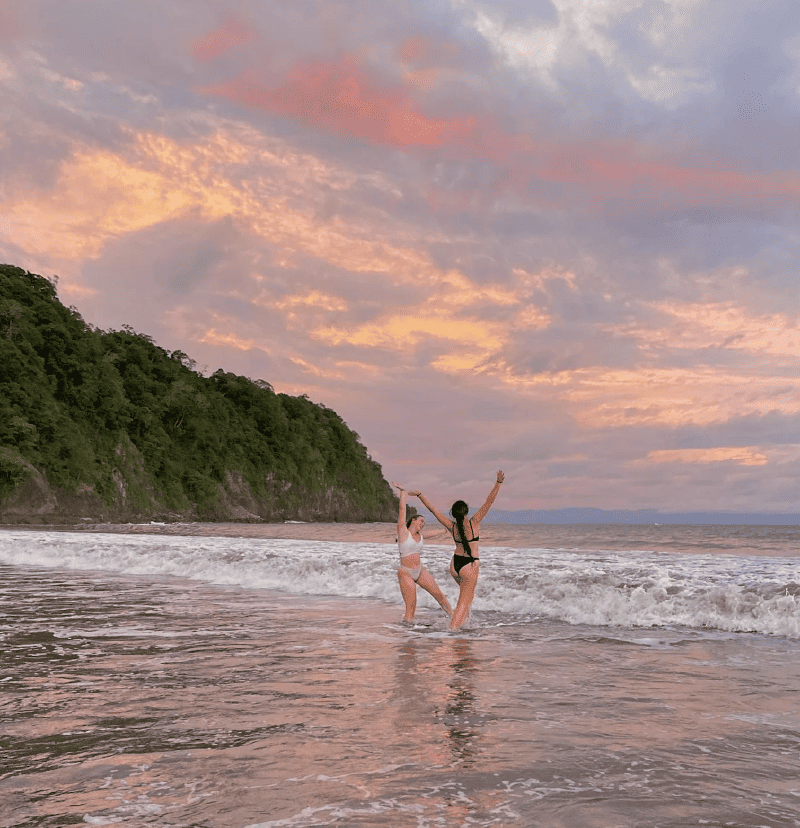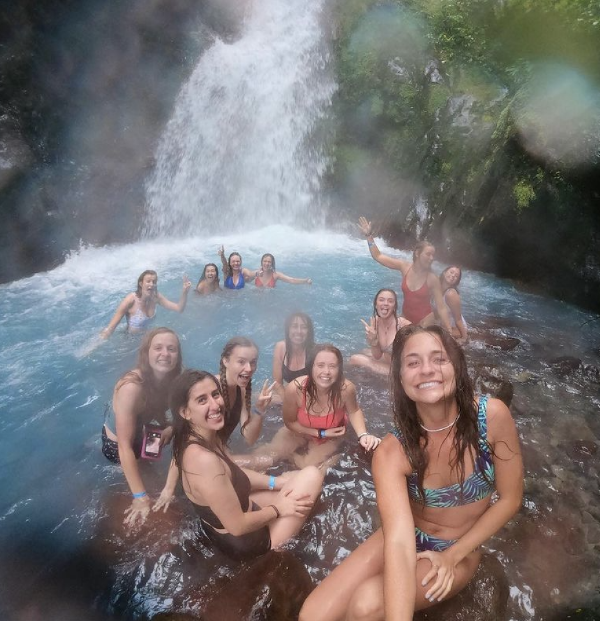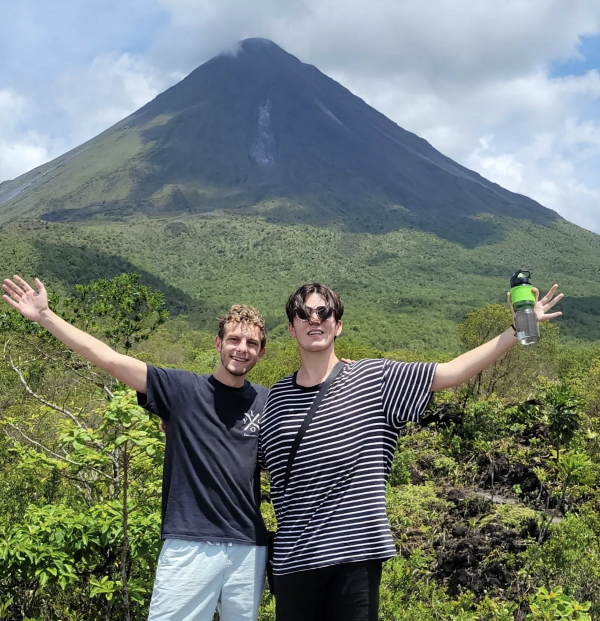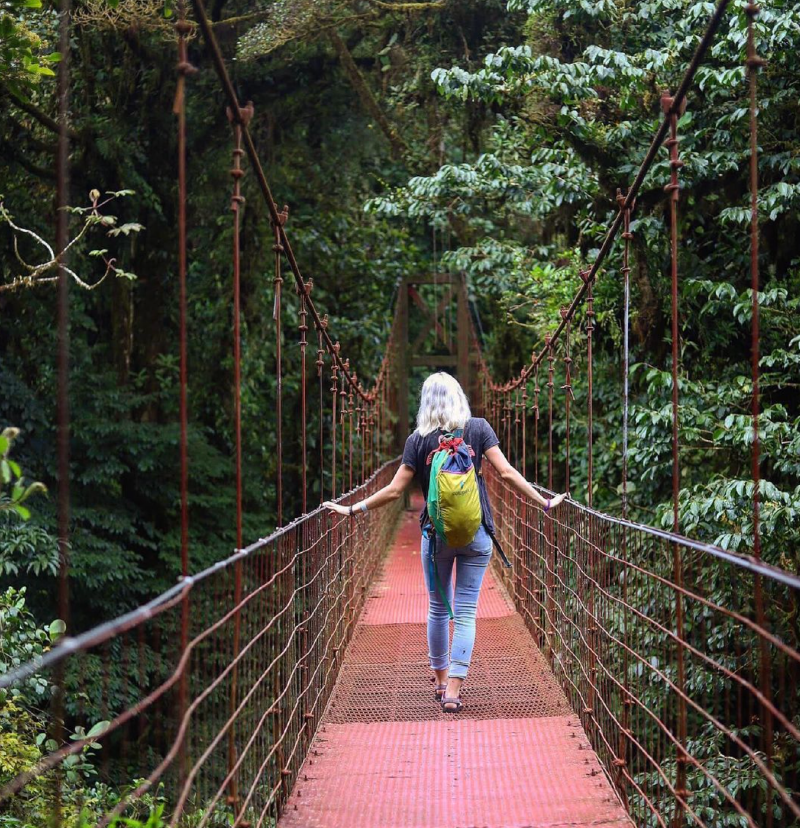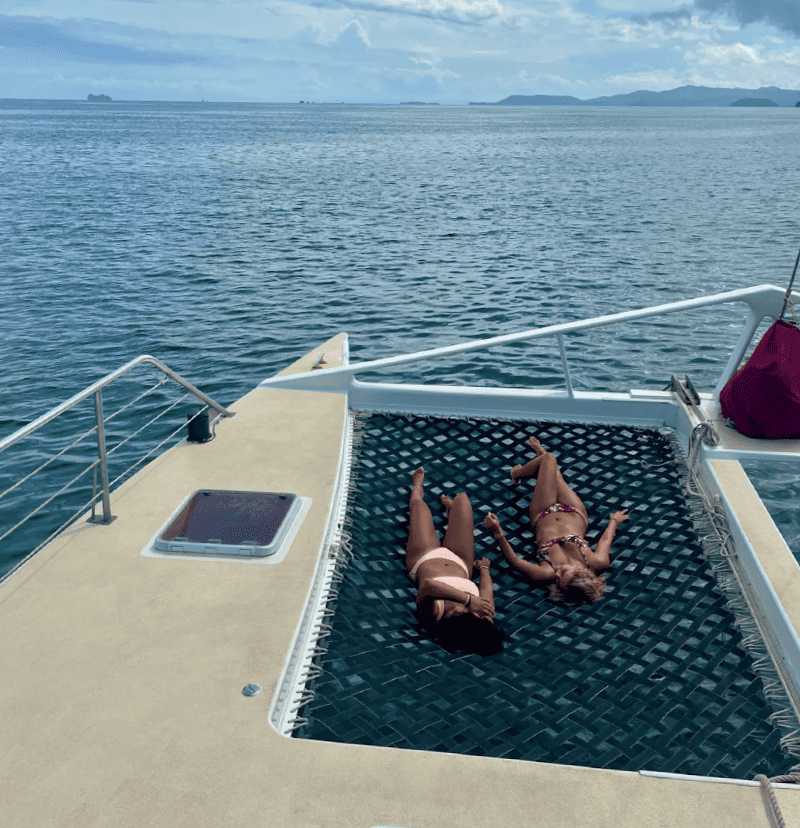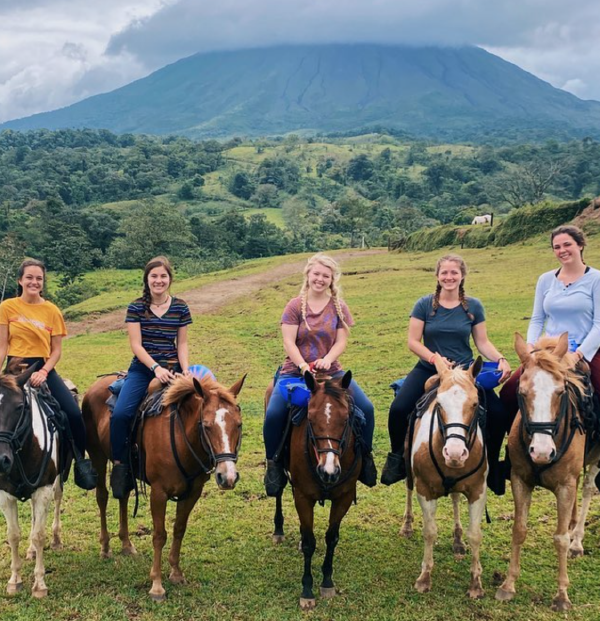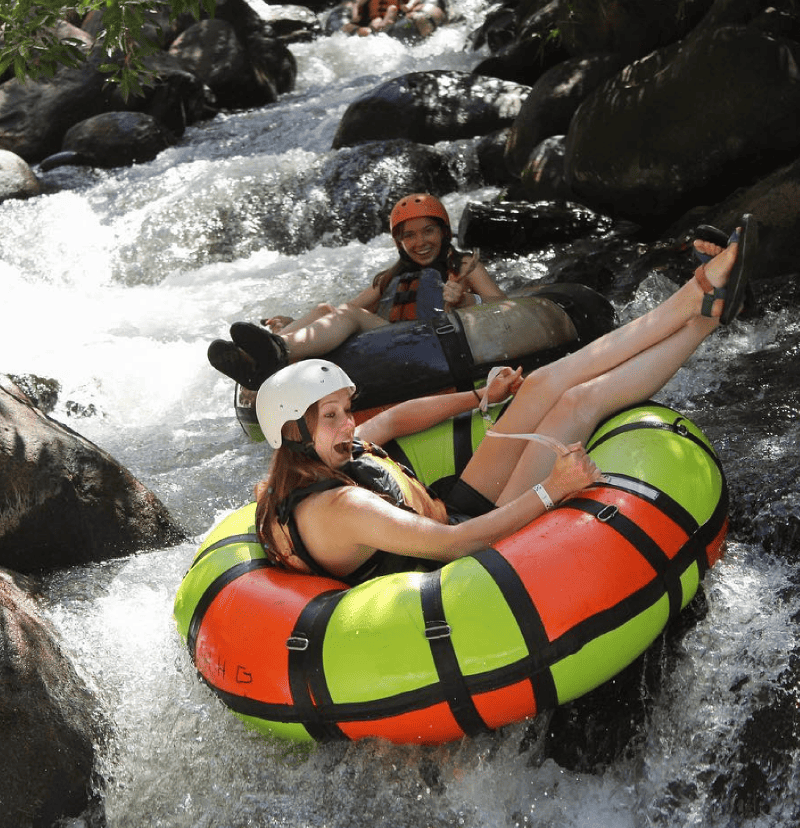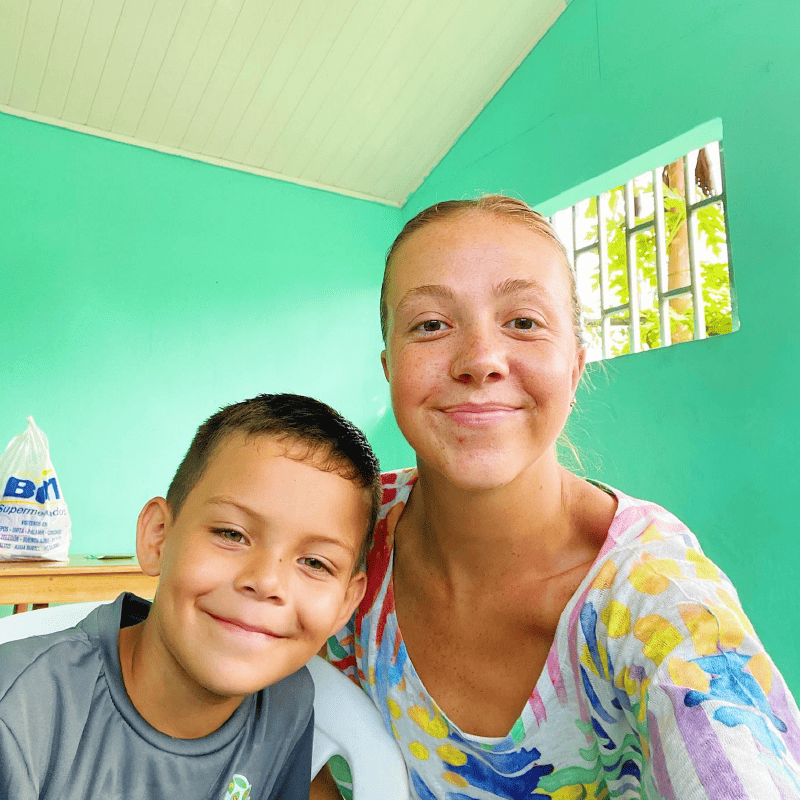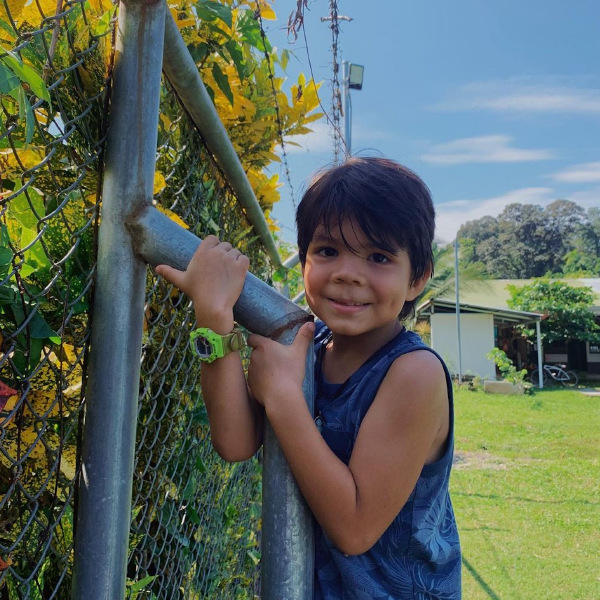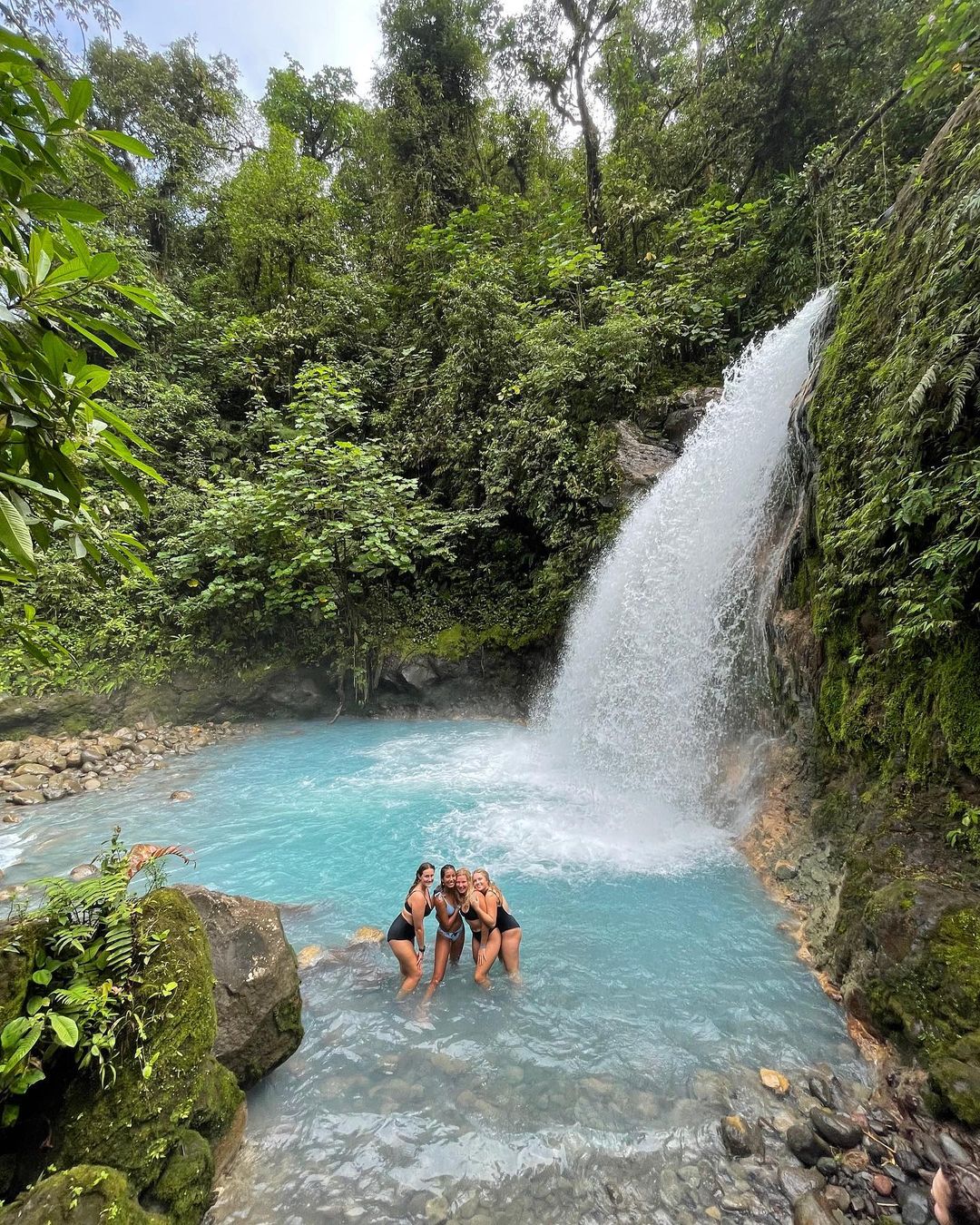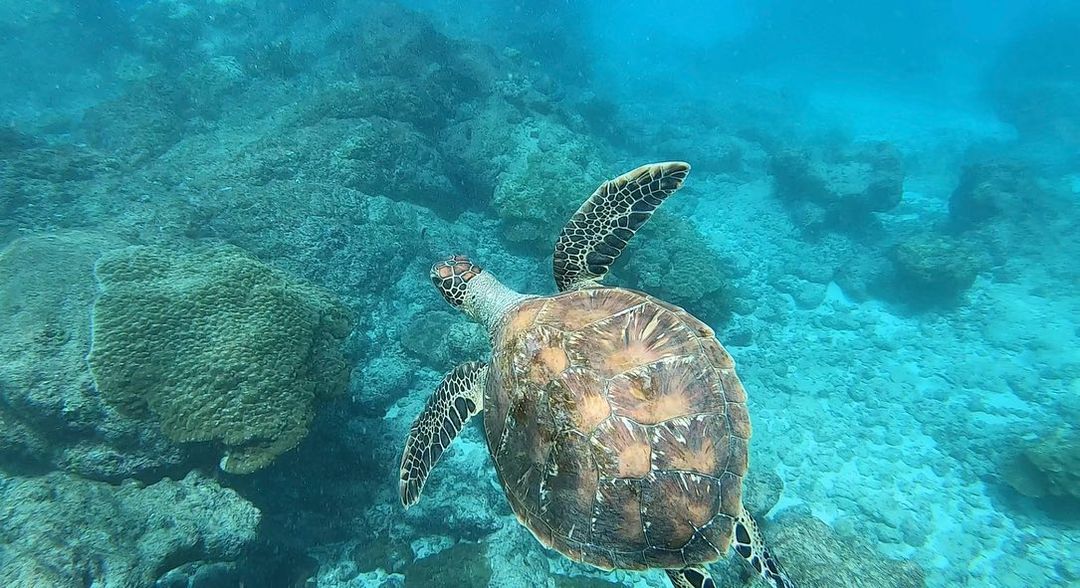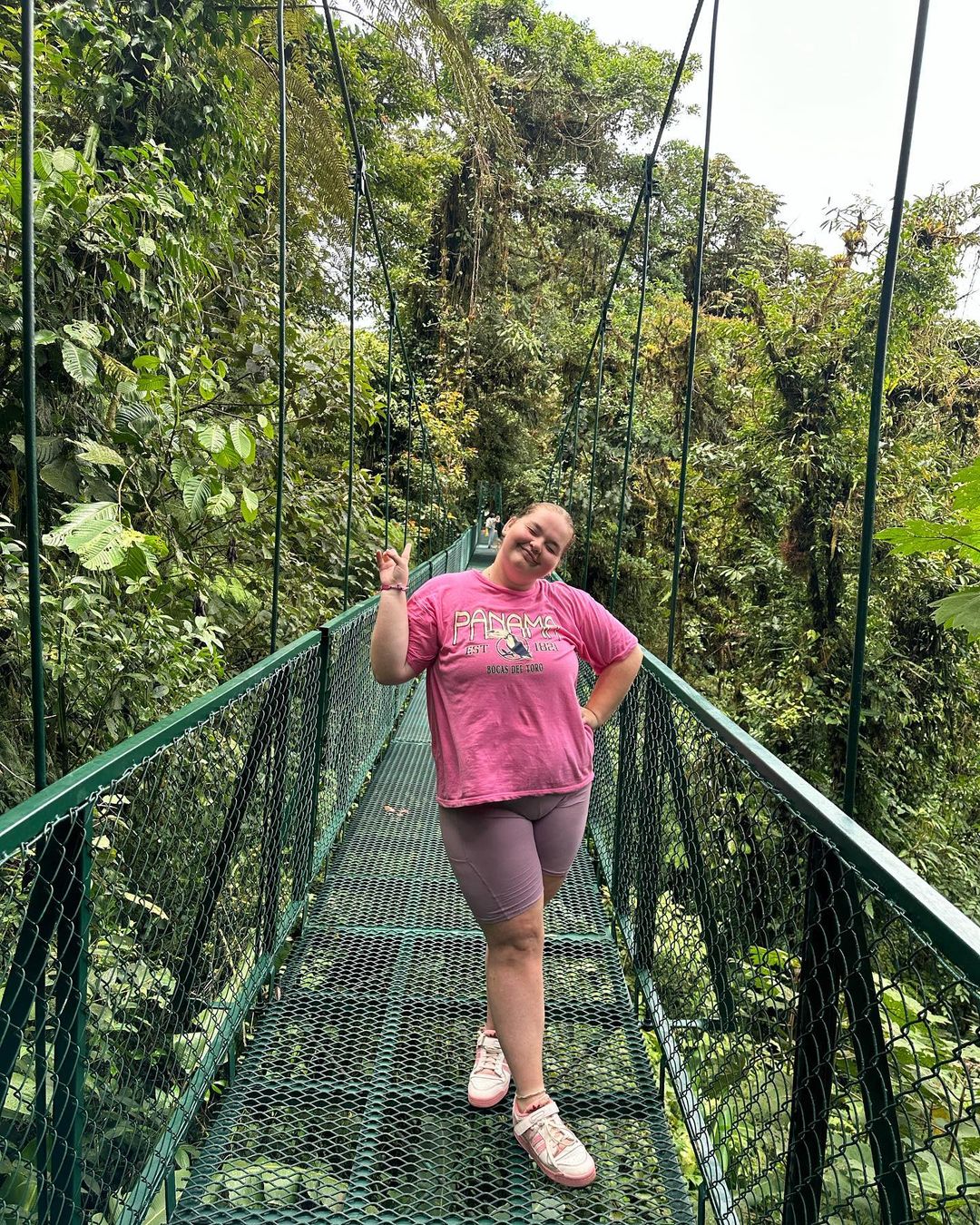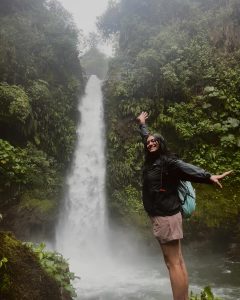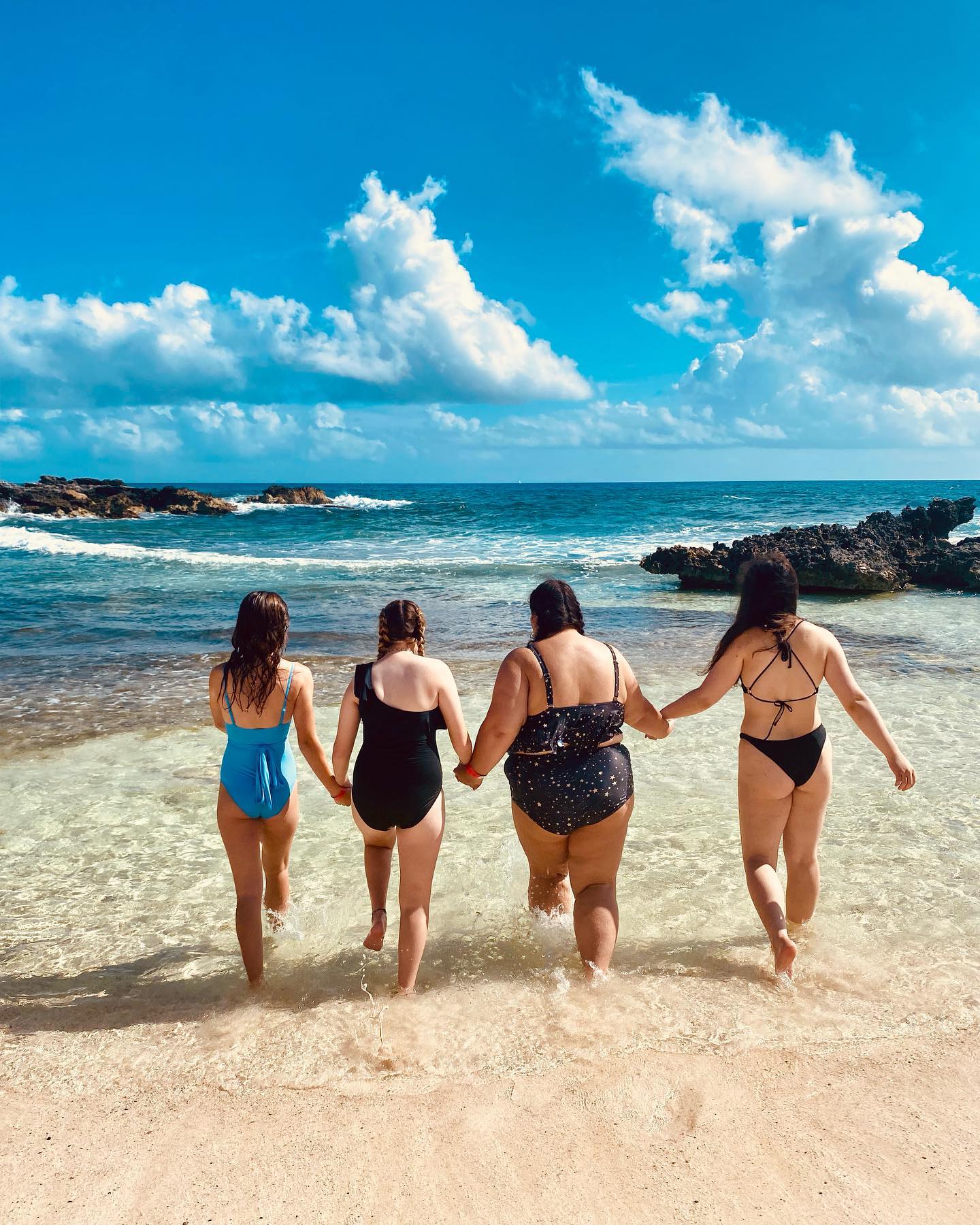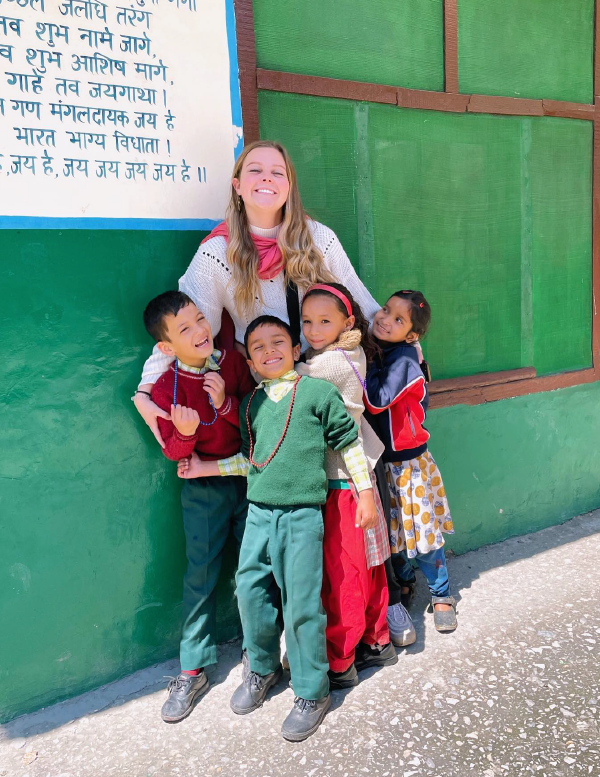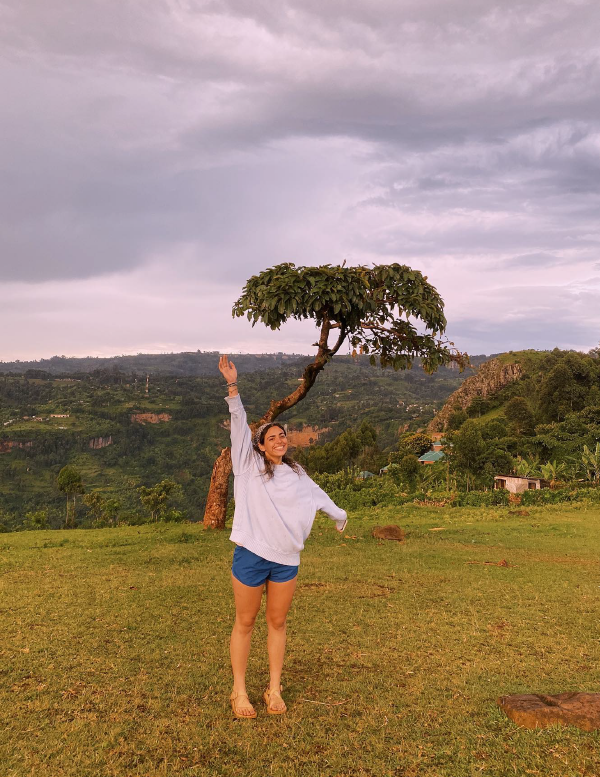Volunteer In Latin America
Bio Diverse
Pura Vida
Teach English
Eco Adventure
Conservation
Trip Highlights
Departure + Return
There are 3 groups each year and dates follow pretty closely to what a university semester looks like.
Spring
Depart early/late February – return mid May/early June
Summer
Depart mid May/mid June – return mid August
For volunteers who are in school, summer trips here work with most university schedules — depart after your spring finals and be back home before classes start up again in the fall. And for graduating high school seniors, accommodations can usually be made to leave after your graduation date for this country.
Fall
Depart mid August/late September – return early/mid December (just in time for Christmas at home)
Costs
The program fee is $4,170 which includes:
✔️ Roundtrip international airfare to Costa Rica from the U.S.
✔️ Visa (if required)
✔️ In-country airport pick-up and drop-off with your group
✔️ Housing
✔️ WiFi
✔️ Three at-home meals/day (breakfast, lunch, and dinner)
✔️ Pre-departure + in-country training
✔️ Local support
✔️ 24/7 emergency assist line from ILP headquarters
✔️ International SOS membership
✔️ Hands-on education
✔️ Meaningful service opps
Additional items (like your passport and travel to and from the U.S. group departure airport) and in-country costs (like vacations, shopping, and activities) are not included. See a more detailed list here. Most volunteers tell us that $3,000 is a good amount to make the most of your semester in Costa Rica. We’ve seen volunteers spend anywhere from $1,500-4,000 here, so it does depend on your spending habits and which vacations you plan.
We have custom monthly payment plans to help you make it work. That can be especially helpful if you’re saving up little by little, by working or doing fundraising.
An ILP Humanitarian Trip
This type of trip means that the kids you are working with come from very limited means and would not otherwise be able to afford this extra support and education provided to them.
Schools in Costa Rica may charge parents a nominal fee for participation in the program that goes toward things like cleaning the facilities. Coordinators have found that charging a small fee helps boost participation in the program. ILP receives none of that money, and will pay the fees of any student whose family can’t afford the fee. We want to make sure the program is as accessible as possible to the sweet kiddos in Costa Rica.
Is Costa Rica right for me?
Each location is unique and therefore has its pros and cons. What falls into those two categories will really depend on the person you talk to, but we’ve put together common complaints we hear most about volunteering here. Knowing the typical pain points that just come along with the experience will help as you consider which country is best for you.
- This is a popular country for travelers, expats, and tourists — prices in general are more expensive than other ILP locations. Hotels, restaurant meals, private transportation, and activities have prices similar to the U.S.
- As an ILP volunteer, you’ll be living in a small town, so bring things to do during your free time. It gets dark early and there isn’t much to do once the sun sets.
- You may be living in a more remote location which means long hours on a bus or in a car to get to popular vacation destinations.
- Be prepared for a very hot and humid country without A/C at home to keep you cool.
About Your Group
This program has about 6-14ish volunteers in a group, which means you’ve got lots of new travel buddies! Our Costa Rica program is the best fit for:
- Single females/males and married couples
- 18-about 25ish years old
- Volunteers from the U.S. and Canada
- No experience needed!
About Your Town
We have multiple locations in Costa Rica and each of our programs highlight the perks of what Costa Rica has to offer: maybe you’ll be living in the mountains (just a bus ride away from all the must-see spots), or maybe you’ll be living in a small little town that hugs the coastline (with the jungle as your backyard).
In any case, just outside of where you are living are some of the top travel destinations in the country. On the weekends and days off from teaching, jungles, waterfalls, volcano hikes, and beaches are all within reach.
While your vacations are going to be busy fitting in everything there is to see and do, we think the slow pace of daily life is a massive element to experiencing life in Costa Rica. Turn the experience of spotting sloths just outside your window or grabbing bags full of the biggest avocados the highlight of your day. A big part of life abroad is learning to make your own fun, and that’s not different in Costa Rica!
There are several ILP groups living all across the country — you might find yourself living in the cooler, mountain foothills outside of the capital San Jose (which puts you in the best spot to be able to travel all over the country) or in one of the groups living in small communities along the Pacific and Caribbean coasts.
Glimpse A Day In Costa Rica
Come share a house with your whole ILP group, which is anywhere from 6-14ish volunteers. It’s like one, big sleepover every single night of your semester.
Typically, housing in Costa Rica is tight-knit and open-aired, so you’re constantly hanging out with everyone you’re living with. Be prepared to get very close to the adventurers in your group. When we say “open-aired” we mean you’re living close to nature during your semester. Some days your alarm will be the crowing roosters just outside your window. You’ll find spiders (or even crabs) in the bathtub.
In any case, get ready for the pura vida life! That phrase, pura vida, is a huge part of the culture in Costa Rica. It’s hard to define, but it’s this idea of living and loving a simple life. It’s all about being happy in a no stress, no worries, no fuss way. You’ll hear and see it everywhere here.
After a classic Costa Rican breakfast of rice, beans, and eggs, it’s time for school. Bring comfortable walking shoes on your semester here: you’ll probably be walking or riding bikes to school, and doing a lot of hiking in the country’s national parks. After teaching, you head back home to share lunch with your ILP group.
Your entire semester in Costa Rica is about experiencing life like the locals, which includes the food. Your group will share meals that are full of local favorites, all on rotation. Be prepared for thick tortillas and plates piled high with rice and beans for breakfast, lunch, and dinner.
You’ll also have chicken and classic starches like yucca and plantains, along with fresh fruit, like watermelon, pineapple, and bananas. Depending on where you are living, your meals may be cooked for you, or maybe you’ll pick up meals from a local restaurant (called a “soda”). You may also get a small stipend to do some shopping at local stores, depending on the food situation in your location.
It’s very hot and humid in Costa Rica (with cooler weather up in the foothills around San Jose) so be prepared to live in a tropical climate with no A/C. You’ll stay cool with lightweight clothing, fans, and a local tip: taking a shower in the middle of the afternoon is the best way to beat the heat, didn’t you know?
Along with the tropical heat and humidity, there are frequent rainstorms which cools things off a bit (and keeps everything lush and green).
Since teaching English is only a portion of your day, you’re set up with quite a bit of free time … maybe more than you are used to. That leaves time for playing group games with your fellow volunteers, planning your next trip, or heading down to the farmers market in your town.
On the weekends, you’re just a couple hours away from a new stretch of beach, tiny mountain towns to explore, or those famous Costa Rican jungles. On vacations, you get to travel all throughout the country to experience what Costa Rica is so well-known for. Hello, world-class rafting!
Vacations are also ideal for exploring new countries. Volunteers like visiting the islands in Panama, hiking in Peru, and soaking up life in Nicaragua (we love the one-of-a-kind experiences Nicaragua has to offer that are more budget-friendly than what you’d find in Costa Rica!).
While the vacations are certainly something to look forward to, the majority of your time is spent in your quiet Costa Rican home, with the cute kids you work with.
Departure + Return
There are 3 groups each year and dates follow pretty closely to what a university semester looks like.
Spring
Depart early/late February – return mid May/early June
Summer
Depart mid May/mid June – return mid August
For volunteers who are in school, summer trips here work with most university schedules — depart after your spring finals and be back home before classes start up again in the fall. And for graduating high school seniors, accommodations can usually be made to leave after your graduation date for this country.
Fall
Depart mid August/late September – return early/mid December (just in time for Christmas at home)
Costs
The program fee is $4,170 which includes:
✔️ Roundtrip international airfare to Costa Rica from the U.S.
✔️ Visa (if required)
✔️ In-country airport pick-up and drop-off with your group
✔️ Housing
✔️ WiFi
✔️ Three at-home meals/day (breakfast, lunch, and dinner)
✔️ Pre-departure + in-country training
✔️ Local support
✔️ 24/7 emergency assist line from ILP headquarters
✔️ International SOS membership
✔️ Hands-on education
✔️ Meaningful service opps
An ILP Humanitarian Trip
This type of trip means that the kids you are working with come from very limited means and would not otherwise be able to afford this extra support and education provided to them.
Schools in Costa Rica may charge parents a nominal fee for participation in the program that goes toward things like cleaning the facilities. Coordinators have found that charging a small fee helps boost participation in the program. ILP receives none of that money, and will pay the fees of any student whose family can’t afford the fee. We want to make sure the program is as accessible as possible to the sweet kiddos in Costa Rica.
Is Costa Rica right for me?
Each location is unique and therefore has its pros and cons. What falls into those two categories will really depend on the person you talk to, but we’ve put together common complaints we hear most about volunteering here. Knowing the typical pain points that just come along with the experience will help as you consider which country is best for you. Read More
About Your Group
This program has about 6-14ish volunteers in a group, which means you’ve got lots of new travel buddies! Our Costa Rica program is the best fit for:
- Single females/males and married couples
- 18-about 25ish years old
- Volunteers from the U.S. and Canada
- No experience needed!
About Your Town
We have multiple locations in Costa Rica and each of our programs highlights the perks of what Costa Rica has to offer: maybe you’ll be living in the mountains (just a bus ride away from all the must-see spots), or maybe you’ll be living in a small little town that hugs the coastline (with the jungle as your backyard). Read More
Glimpse A Day In Costa Rica
Come share a house with your whole ILP group, which is anywhere from 6-14ish volunteers. It’s like one, big sleepover every single night of your semester. Read More
Volunteering
Help Children Learn English
In this Humanitarian Program, you’ll be volunteering to help children learn English (you’ll spend about a half day on volunteering). There’s no experience required and we’ll be training you on how to teach with our specific teaching methodology!
Costa Rica is heavily supported by tourism and a large expat community. The education system here reflects that; there are public schools that cater towards lower to mid-income families and private schools that cater to the upper end of the income scale. The students you will be teaching in Costa Rica might be local kids or children of expats whose parents can’t afford the expensive tuition of the private schools; they don’t typically come from the same level of poverty as children in other ILP Humanitarian locations.
However, that doesn’t change the service you’ll be providing. Since Costa Rica depends so heavily on tourism, being able to speak English naturally is an invaluable skill for any child once they grow and seek job opportunities.
Costa Rica might be nestled right in the middle of Central America, but due to the tourism and expat life, the economic lifestyle in Costa Rica overall is higher here than neighboring countries. However, there are still pockets where locals deal with stark humanitarian issues, like small homes with basic amenities (if any). Because of booming tourism, activities in Costa Rica are typically more expensive than the next-door-neighbor ILP program in Nicaragua.
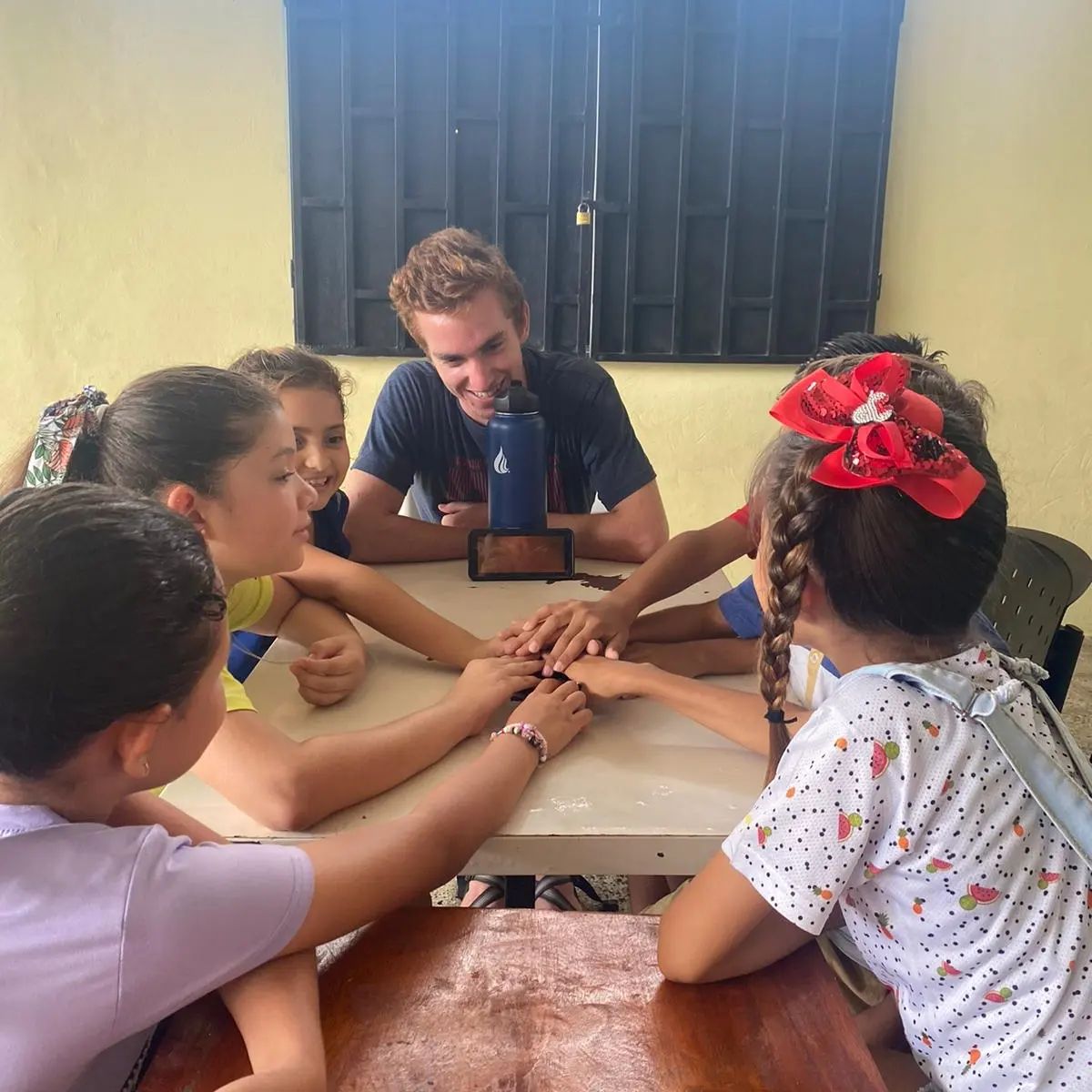
“This semester hasn’t been easy, but there are still so many ‘pura vida’ moments.”
Embrace The Culture
Pura Vida may be the biggest piece of advice we can give someone thinking about volunteering in Costa Rica.
This phrase is a huge part of the culture here — it means embracing the pure and simple things in life. You’ll get to cross off major things like zip lining, surfing, and volcano hikes (plus more!), but there’s a lot to be said about the little day to day things that make up the majority of the semester, too.
Hanging out in hammocks after class, watching the sunset, finding a bunch of bananas on your walk, and sitting and listening to the rainstorms. Costa Rica is the ideal spot for volunteers who want a little more ‘pura vida’ in their life.
Help Children Learn English
In this Humanitarian Program, you’ll be volunteering to help children learn English (you’ll spend about a half day on volunteering). There’s no experience required and we’ll be training you on how to teach with our specific teaching methodology!
Read More
“This semester hasn’t been easy, but there are still so many ‘pura vida’ moments.”
Embrace The Culture
Pura Vida may be the biggest piece of advice we can give someone thinking about volunteering in Costa Rica. Read More

Experiences In + Around Costa Rica
You have every weekend off plus vacation time throughout the semester so that you can travel over Costa Rica! There is more than enough to see in Costa Rica — you can barely scratch the surface even after living there for 3-4 months. Volunteers also love visiting other countries, too, which we totally get because you have some amazing neighbors. Groups love checking out vacations in neighboring countries Nicaragua and Panama, and even venturing out to approved destinations like Peru and Aruba.

